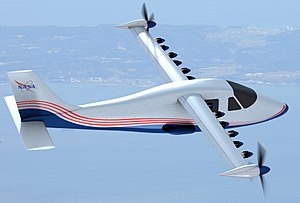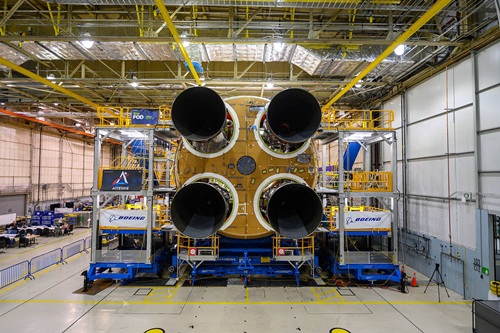Nasa showcases its first all-electric aeroplane
11 Nov 2019
Adapted from a Italian-made Tecnam P2006T twin-engine propeller plane, the X-57 has been under development since 2015 and remains at least a year away from its first test flight.


Adapted from a Italian-made Tecnam P2006T twin-engine propeller plane, the X-57 has been under development since 2015 and remains at least a year away from its first test flight.



Japan launches a 6,000m deep-sea mission as China restricts rare earth exports. Discover how the 2026 “New Oil” crisis is redefining global high-tech trade.

ISRO’s PSLV-C62 mission, launching January 12, 2026, combines EOS-N1 Earth observation with private-sector technology demonstrations, signalling India’s evolving space strategy.

India and Germany move closer on submarine talks as defence, green hydrogen, and semiconductor cooperation shape Friedrich Merz’s January 2026 visit.
The AI race hits the hardware layer. From Lenovo’s Qira AI to Samsung’s $1.73B buyback for HBM4 talent, 2026 is about Silicon Sovereignty.

Can India’s grid handle Physical AI? Tata Power’s ₹6,675cr Nellore plant marks a pivot toward energy sovereignty in the 2026 industrial reset.

The 2026 Industrial Reset is here. Explore how Nvidia’s Alpamayo, Hyundai’s Atlas, and India’s new e-B-4 visa are transforming the physical economy.

As 2026 begins, AI is moving beyond the cloud into manufacturing, semiconductors, energy, and infrastructure—reshaping costs, competition, and long-term business strategy.

Apple, which was the preserve of the cooler Himalayan region in India, is now everywhere – in the East, the West and the South - thanks to one enterprising Himachal farmer, Hariman Sharma.

Inland water transport is widely recognised as a cheaper and environment friendly mode of transport and, as per a report prepared by RITES



